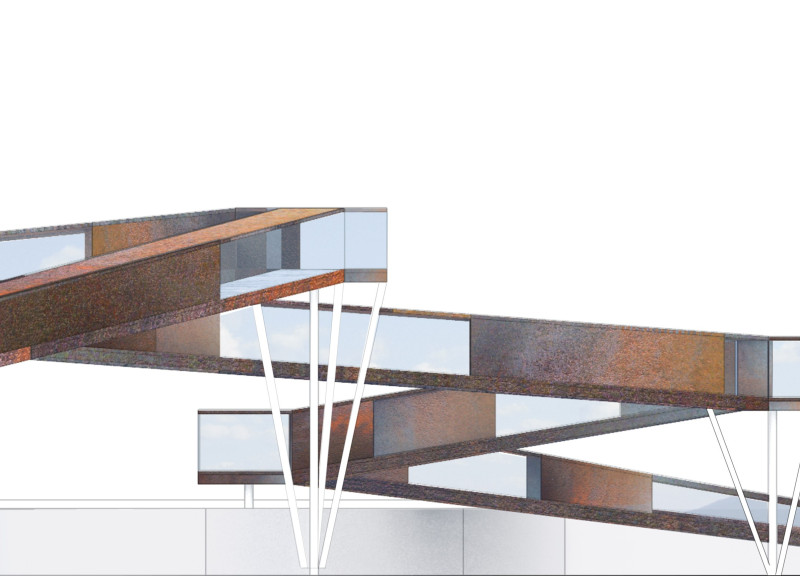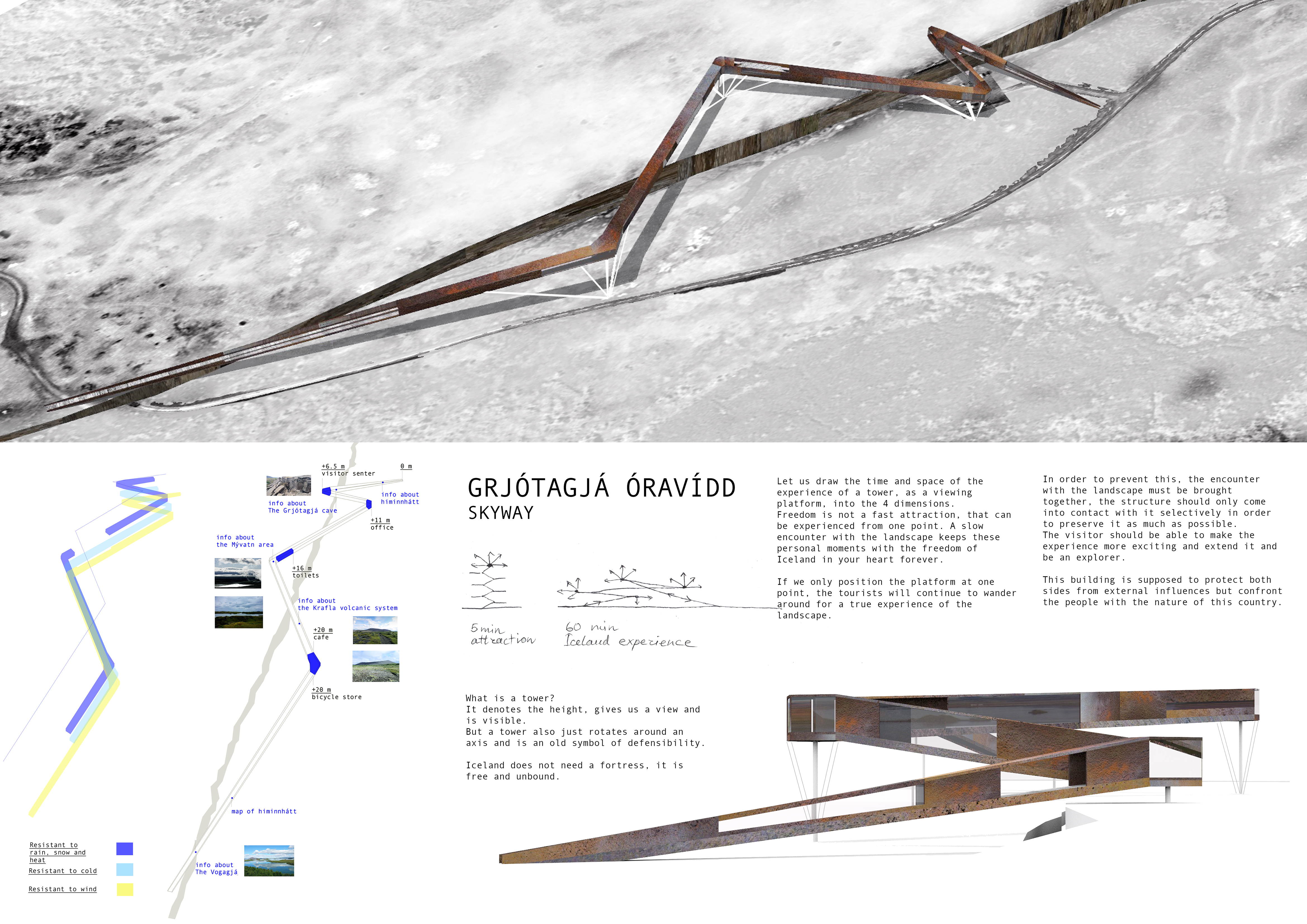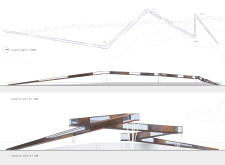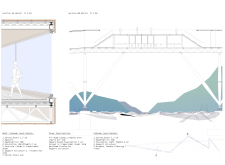5 key facts about this project
The project is an innovative architectural design that encapsulates modern sustainability principles while reflecting its contextual environment. Located in a specific geographic area, the structure serves a dual purpose, functioning both as a community hub and an educational space. The architectural approach emphasizes harmony with nature, maximizing the potential of natural light and ventilation, which in turn enhances the occupants' experience.
A defining aspect of the design is the integration of green roofs and vertical gardens, which not only contribute to the aesthetic appeal but also promote biodiversity and improve air quality. The building's layout encourages collaboration and interaction, with open spaces that facilitate movement and communication among users. The design incorporates flexible spaces that can adapt to various functions, embodying the contemporary emphasis on multifunctionality in architecture.
The façade of the building is characterized by a combination of local stone and glass, creating a seamless connection with its surroundings while allowing for energy efficiency. The selection of materials reflects a commitment to sustainability, utilizing recycled and low-impact resources wherever possible. Key elements such as solar panels and rainwater harvesting systems enhance the building's ecological performance, reducing its carbon footprint and operational costs in the long term.
Unique Design Approaches
This project distinguishes itself from similar architectural endeavors through its focus on biophilic design principles, which foster a connection between occupants and the natural environment. The incorporation of large, operable windows allows for cross-ventilation and a significant influx of daylight, mitigating reliance on artificial lighting and mechanical heating or cooling systems.
Furthermore, the layout encourages outdoor engagement, integrating terraces and shaded outdoor areas that serve as extensions of the internal spaces. By blurring the lines between inside and outside, the design not only enhances the aesthetic quality of the environment but also promotes well-being among its users. The project’s commitment to inclusivity is evident in its accessible design features, ensuring that the facility serves the broader community without barriers.
Integrative Architectural Features
Key architectural features of the project include a central atrium that acts as the heart of the building, promoting social interaction and offering a visual connection between levels. This thoughtful arrangement allows natural light to penetrate deep into the core of the structure, creating an inviting atmosphere.
In addition, the use of advanced sustainable technologies—including high-performance glazing and efficient HVAC systems—demonstrates an emphasis on energy efficiency. The design incorporates strategically placed overhangs to minimize heat gain while maximizing daylight, showcasing a thorough understanding of climate-responsive architecture.
In summary, this architectural project not only serves its primary function as a community and educational space but also illustrates a commitment to innovative, sustainable design practices. For those interested in exploring the finer details of this architectural endeavor, it is recommended to review the architectural plans, architectural sections, and other architectural designs presented, which further elucidate the project’s unique narrative and execution.






















































